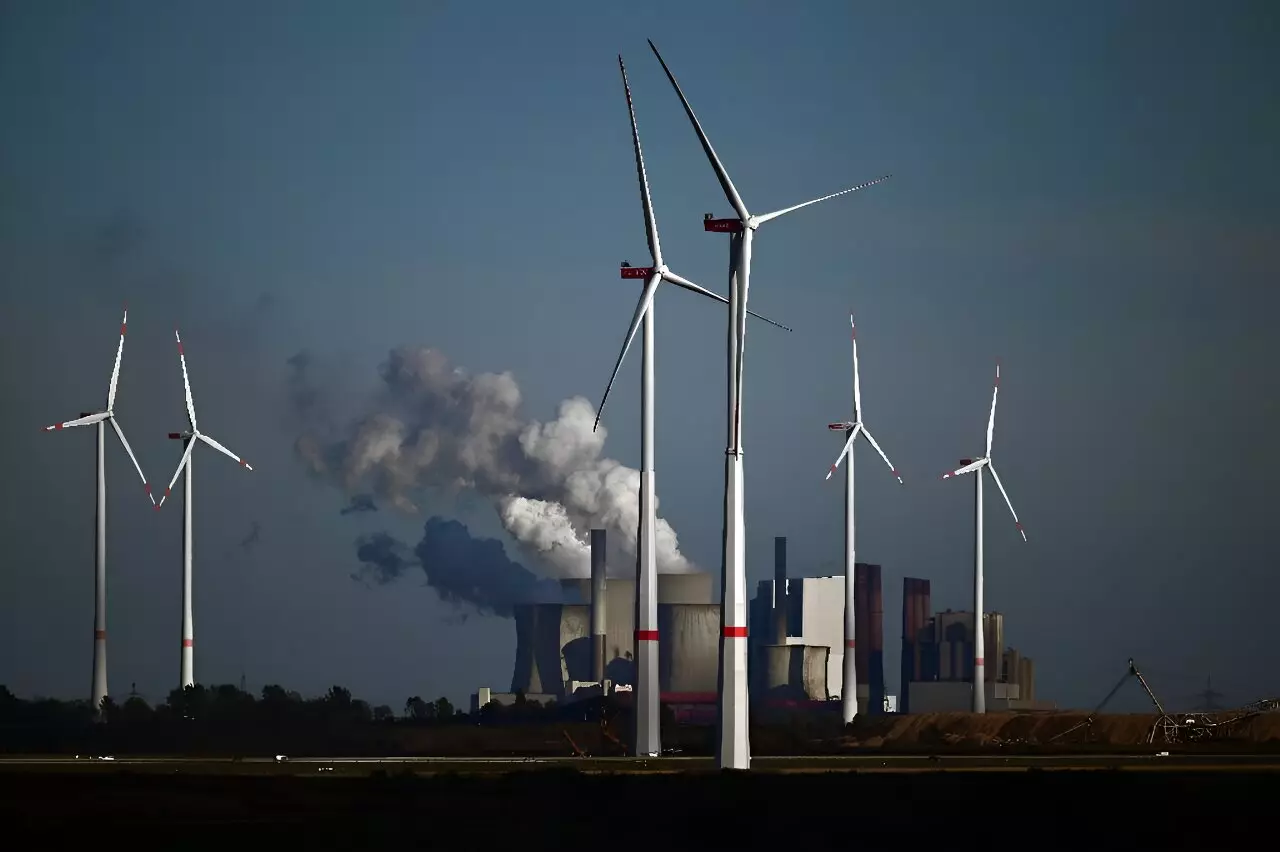Europe has been warned by top policymakers that it must invest more swiftly and substantially in its energy transition if it wants to retain its status as a global industrial power. At a recent conference on the clean energy transition held in Paris and hosted by the International Energy Agency (IEA), the European Central Bank (ECB), and the European Investment Bank (EIB), leaders highlighted the barriers faced by private sector investment, including policy uncertainty, bureaucratic red tape, and higher energy costs. The urgency arises as countries like the United States, China, India, Japan, and South Korea are already implementing ambitious industrial programs. This article delves into the pressing need for Europe to take bold action to maintain its position by enhancing financial and public policy tools to boost the required clean energy investments.
Addressing the conference attendees, Fatih Birol, the executive director of the IEA, emphasized that Europe’s ambitions in clean energy transformation are yet to be proven in practice. He stressed the need for policymakers to step up and take decisive action promptly if Europe aims to remain a global industrial power. Christine Lagarde, the president of the ECB, echoed this sentiment, urging Europe to avoid procrastination. She warned against the notion that delaying climate targets would reduce the transition costs, stating that evidence suggests the opposite. Lagarde emphasized that any delay would only escalate the ultimate bill Europe will have to pay, and pushing back targets would not create additional time for the necessary investment.
Werner Hoyer, the president of the EIB, highlighted the importance of prompt action and embracing change for industries. He stressed that failure to do so could lead to the risk of being left behind. Hoyer emphasized that massive and swift investment in net zero technologies is vital for Europe to maintain its attractiveness as a place to conduct business, foster innovation, create wealth, and generate employment opportunities. It is clear that Europe needs to take immediate steps to align its investment strategies with sustainability goals in order to remain competitive and secure future economic growth.
The IEA recently recommended that wealthy nations advance their net-zero targets to 2045, five years earlier than planned, to meet the target set by the Paris Agreement of limiting global warming to 1.5 degrees Celsius above pre-industrial levels. Additionally, the IEA urged China, the world’s largest polluter, to expedite its carbon neutrality goal by a decade, from 2060 to 2050. These calls underscore the need for accelerated efforts on a global scale to combat climate change effectively. Europe, being a key player in the international arena, must take decisive action to meet and exceed climate goals while concurrently boosting its industrial competitiveness.
Europe stands at a crucial juncture in its energy transition journey. The calls by top policymakers to invest more quickly and massively to maintain global industrial power highlight the urgent need for bold action. Overcoming barriers such as policy uncertainty, bureaucratic red tape, and higher energy costs is essential to unleash the much-needed private sector investment. Europe must seize the opportunity to lead in the clean energy sector and foster an environment where innovation thrives, new ideas flourish, and wealth and jobs are created. Failure to capitalize on this moment may result in Europe falling behind rival economies that are already making significant strides in their energy transitions. The time for Europe to act decisively is now, as it stands to benefit not only economically but also in terms of securing a sustainable future for the planet.


Leave a Reply